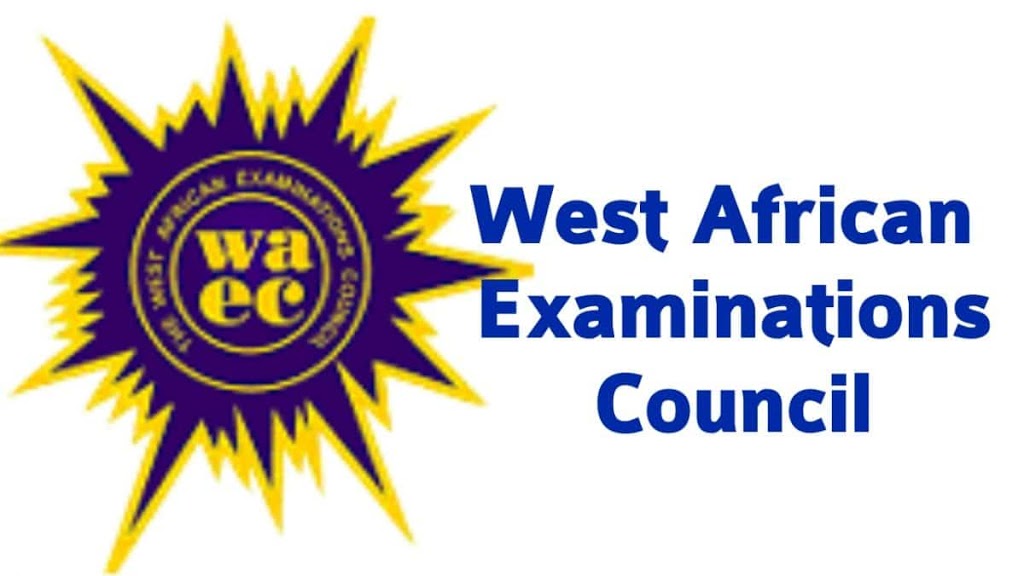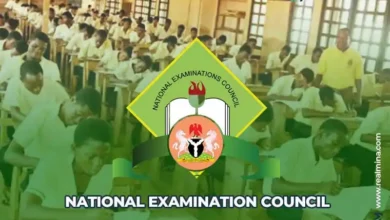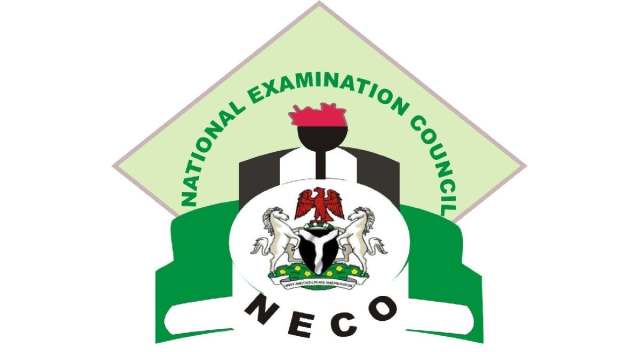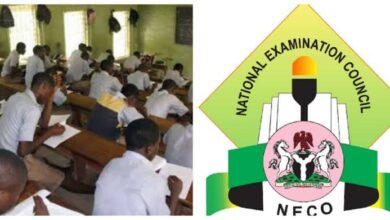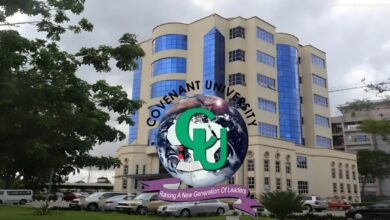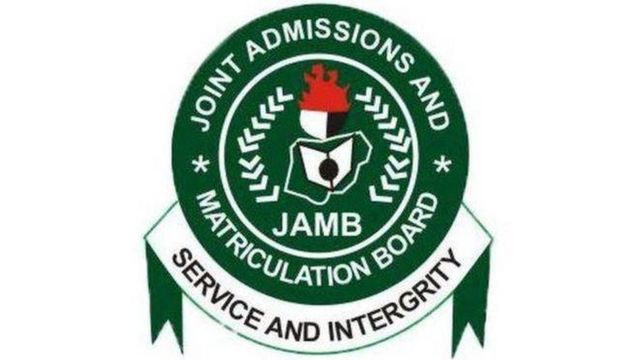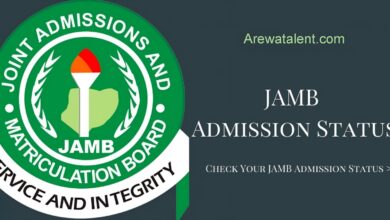WAEC Geography Practical (Physical Geography) 2023: [Map Reading] Questions and Answers
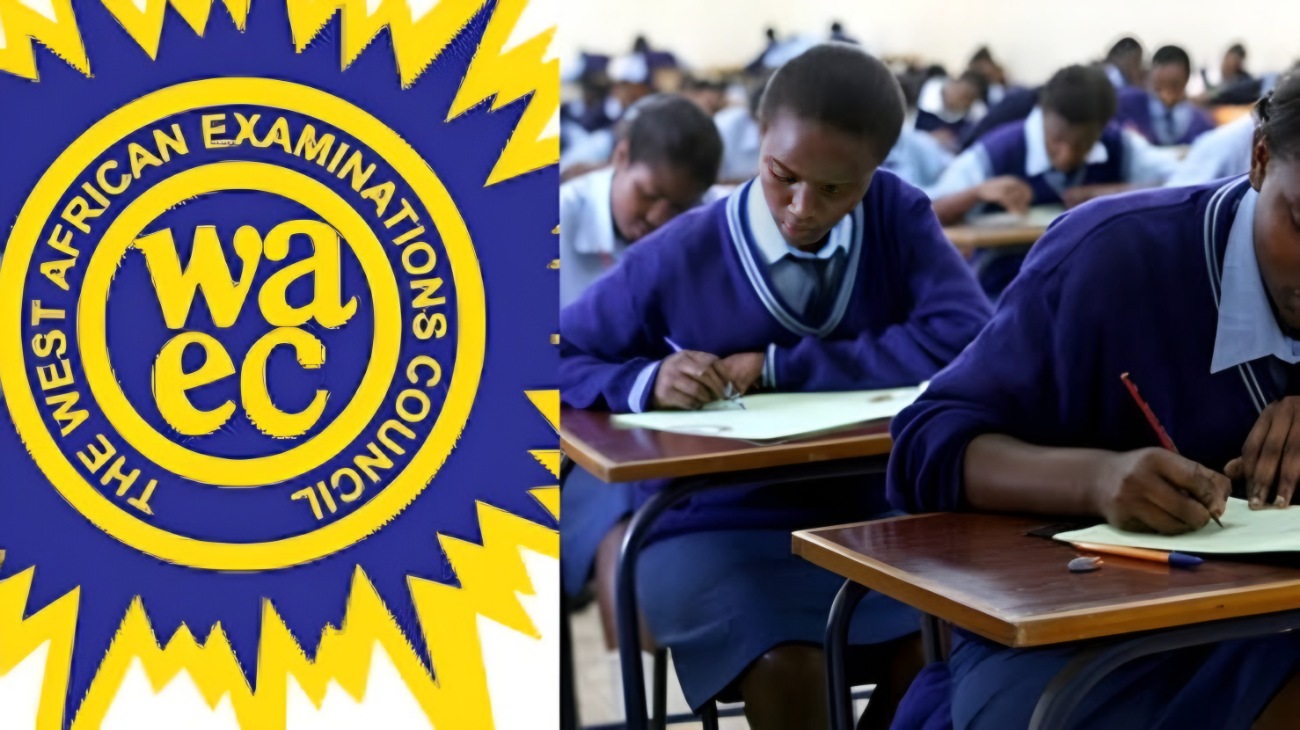
The West African Examination Council’s (WAEC) Geography Practical examination for 2023 is fast approaching. As a student preparing for this important exam, it is crucial to understand the Physical Geography component, specifically map reading questions and answers. This comprehensive guide will provide you with essential information on the exam format, sample questions, and tips for success.
Overview of the WAEC Geography 3 Practical Examination
The WAEC Geography Practical exam is divided into two sections: Physical Geography and Human Geography. In this article, we will focus on the Physical Geography section, which primarily deals with map reading skills. This section will test your ability to interpret and analyze map extracts, as well as your understanding of geographical concepts and phenomena.
The exam will be held on Friday, 2nd June 2023, starting at 3:00 pm and lasting for 1 hour and 50 minutes. You will be provided with a map extract and other necessary materials along with the question paper.
Map Reading Skills: The Basics
Before diving into sample questions, it is crucial to understand the fundamentals of map reading. Some essential skills include:
- Scale: This refers to the relationship between distances on the map and actual distances on the ground. You should be able to convert map distances to real-world distances and vice versa.
- Contours: These are lines on a map that represent points of equal elevation. Contour lines can help you identify landforms such as hills, valleys, and plateaus.
- Symbols and Legends: Maps use different symbols to represent various features such as roads, rivers, and settlements. You should familiarize yourself with common map symbols and legends to accurately interpret map information.
- Compass Directions: Understanding cardinal and intercardinal points (north, south, east, west, northeast, northwest, southeast, and southwest) is essential for identifying the direction and location of different features on a map.
Sample Map Reading Questions and Answers
To help you prepare for the WAEC Geography Practical exam, we’ve compiled some sample map reading questions and answers. These questions are based on a 1:50,000 map extract and will test your map reading skills and understanding of geographical concepts.
Question 1
(a) Draw the outline of the map provided to a new scale of 1:150,000.
(b) On the new outline, insert and name:
i. Otta settlement; ii. A 250 ft. contour line in the eastern part; iii. The full length of Iju stream and show its direction of flow with an arrow.
(c) State three functions of Otta settlement.
(d) State two occupations of the inhabitants of Idiroko and give a reason for your answer.
Question 2
The Table below shows the number of yams in kilograms produced by four yam-producing states in country X between 2009 and 2012.
| State | 2009 | 2010 | 2011 | 2012 |
|---|---|---|---|---|
| A | 200,000 | 300,000 | 400,000 | 500,000 |
| B | 400,000 | 400,000 | 500,000 | 600,000 |
| C | 500,000 | 600,000 | 700,000 | 700,000 |
| D | 600,000 | 500,000 | 400,000 | 300,000 |
(a) Draw comparative/group bar graphs to represent the statistics.
(b) State two advantages of using comparative/group bar graphs in showing statistics.
(c) Name one other method that can be used in showing the statistics.
Question 3
(a) i. Name any two types of rainfall. ii. State the region where each of the two types of rainfall is named in 3(a)i. above is prevalent.
(b) Write explanatory notes on the formation of the two types of rainfall named in 3(a)i. above.
Question 4
Write explanatory notes on the following:
(a) Formation of clouds;
(b) Relief rainfall.
Question 5
(a) List four sources of water.
(b) Describe any four ways in which water is useful as an environmental resource.
(c) Highlight any three major problems resulting from water pollution.
Question 6
(a) Explain the process of wind erosion.
(b) With the aid of a diagram, describe the feature of a barchan dune.
Question 7
(a) What is a plateau?
(b) List two types of plateaux.
(c) Describe the formation of any one type of plateau listed in (b) above.
(d) Highlight three ways in which plateaux are of importance to man.
Question 8
(a) Name the types of power derived from each of the following sources:
i. Water; ii. Coal; iii. Natural gas; iv. Sun.
(b) Write explanatory notes on the types of power obtained from water and sun under the following headings:
i. Specific places of production; ii. Method of production; iii. Uses.
Tips for Success
- Practice: The more you practice map reading questions and answers, the better you’ll become at interpreting map extracts and understanding geographical concepts.
- Revise: Regularly review your class notes and textbooks, focusing on map reading skills and geographical concepts.
- Understand the Exam Format: Familiarize yourself with the structure and format of the WAEC Geography Practical exam to better understand what to expect on exam day.
- Manage Your Time: Allocate enough time to answer each question during the exam to avoid running out of time.
- Stay Informed: Keep up-to-date with any changes to the WAEC Geography Practical exam format, guidelines, or questions by checking the official WAEC website.
Remember that there is no shortcut to success in the WAEC Geography Practical exam. Diligent practice, revision, and understanding of map reading skills and geographical concepts will go a long way in ensuring your success on the exam day.
